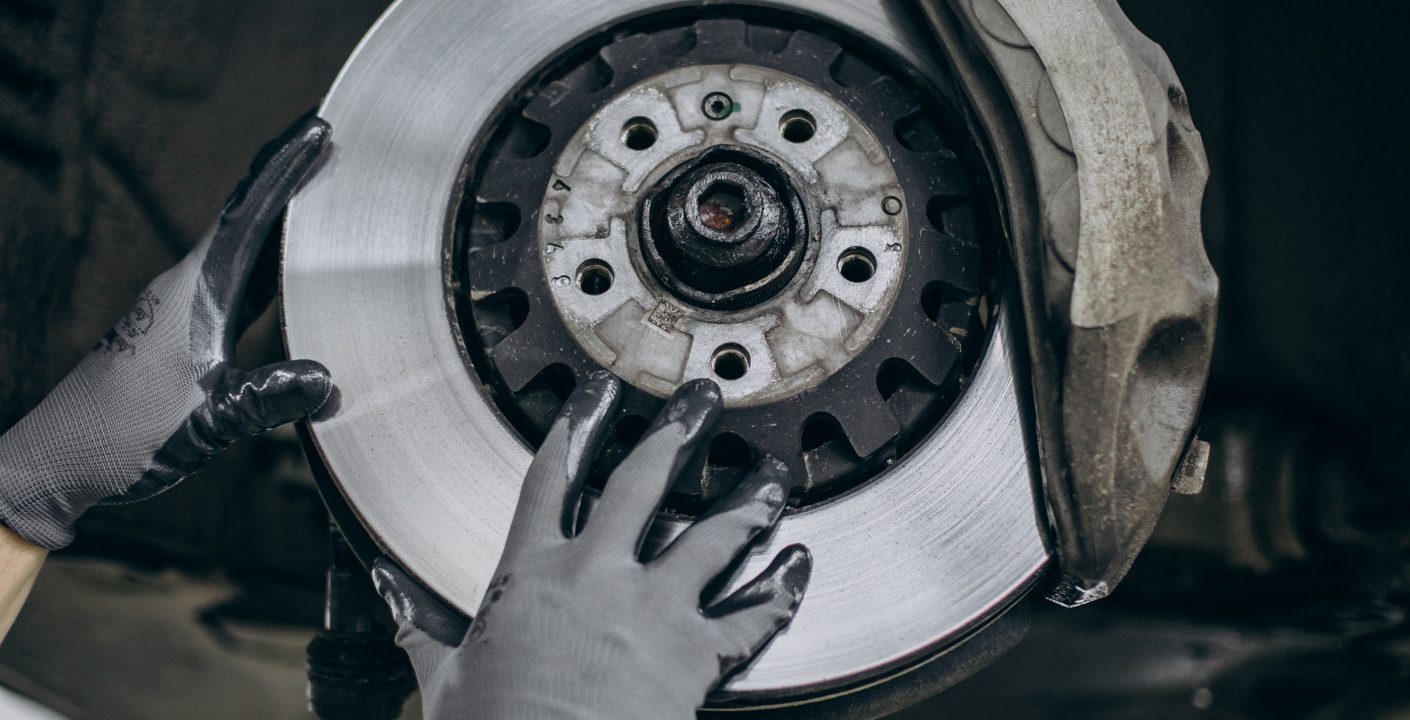Brakes are critical to the safety of both the car owner and road users alike. Over time, brakes may start overheating due to prolonged use or any other issue. Below are some causes of overheating brakes:
-
Heavy Braking
- Frequent or sustained heavy braking, such as during downhill driving or in stop-and-go traffic, generates a lot of heat. If this heat isn’t dissipated quickly enough, it can lead to overheating.
-
Dragging Brakes
- Brakes that don’t fully release after you remove your foot from the pedal (dragging brakes) continue to generate heat. This can be caused by mechanical issues like a stuck caliper or a problem with the brake fluid.
-
Worn Brake Components
- Over time, brake pads, rotors, and other components wear down. Worn parts can’t dissipate heat effectively, leading to overheating. Thin or worn-out brake pads, in particular, overheat faster as there is less material to absorb the heat.
-
Improperly Adjusted Brakes
- Incorrectly adjusted brakes can cause excessive friction even when you’re not actively braking, leading to overheating. This is often an issue in vehicles with drum brakes or older braking systems.
-
High Ambient Temperatures
- Driving in extremely hot weather can contribute to brake overheating, especially if combined with heavy braking or hilly terrain. The ambient heat adds to the heat generated by braking, overwhelming the system’s cooling capacity.
What to Do If Your Brakes Overheat
If you notice any of the signs of overheating brakes, here are the steps you should take:
-
Stop and Let Them Cool Down
- Find a safe place to pull over and allow the brakes to cool down. This can take 20 minutes or more. Avoid using the brakes during this period as much as possible to prevent further overheating.
-
Inspect the Brakes
- Once the brakes have cooled, inspect them for visible signs of damage or wear. Look for discoloration on the rotors, cracks, or uneven wear on the brake pads. If you’re unsure, have a professional mechanic check them.
-
Check Brake Fluid
- Ensure the brake fluid is at the proper level and not contaminated. Overheated brakes can cause the brake fluid to boil, leading to air bubbles and reduced braking efficiency. If the fluid looks dark or burnt, it needs to be replaced.
-
Avoid Heavy Braking
- Adjust your driving habits to avoid situations that cause heavy braking. Use engine braking on downhill slopes, maintain a safe following distance to avoid sudden stops, and plan your route to minimize stop-and-go traffic.
-
Replace Worn Components
- If any brake components are worn or damaged, replace them immediately. This includes brake pads, rotors, and calipers. Regular maintenance checks can help you catch wear and tear before it becomes a problem.
-
Upgrade Brake System
- For those who frequently drive in conditions that stress the brakes, such as towing or racing, consider upgrading to high-performance brake components. These are designed to handle higher temperatures and provide better performance under stress.
Overheating brakes are a serious issue that can compromise your safety and the performance of your vehicle. By recognizing the signs early, understanding the causes, and taking preventive measures, you can keep your brakes in optimal condition and ensure a safer driving experience. Regular maintenance and mindful driving habits are key to avoiding brake overheating and enjoying a smooth, responsive braking system. Stay vigilant and take action at the first sign of trouble to keep your journeys safe and worry-free.



